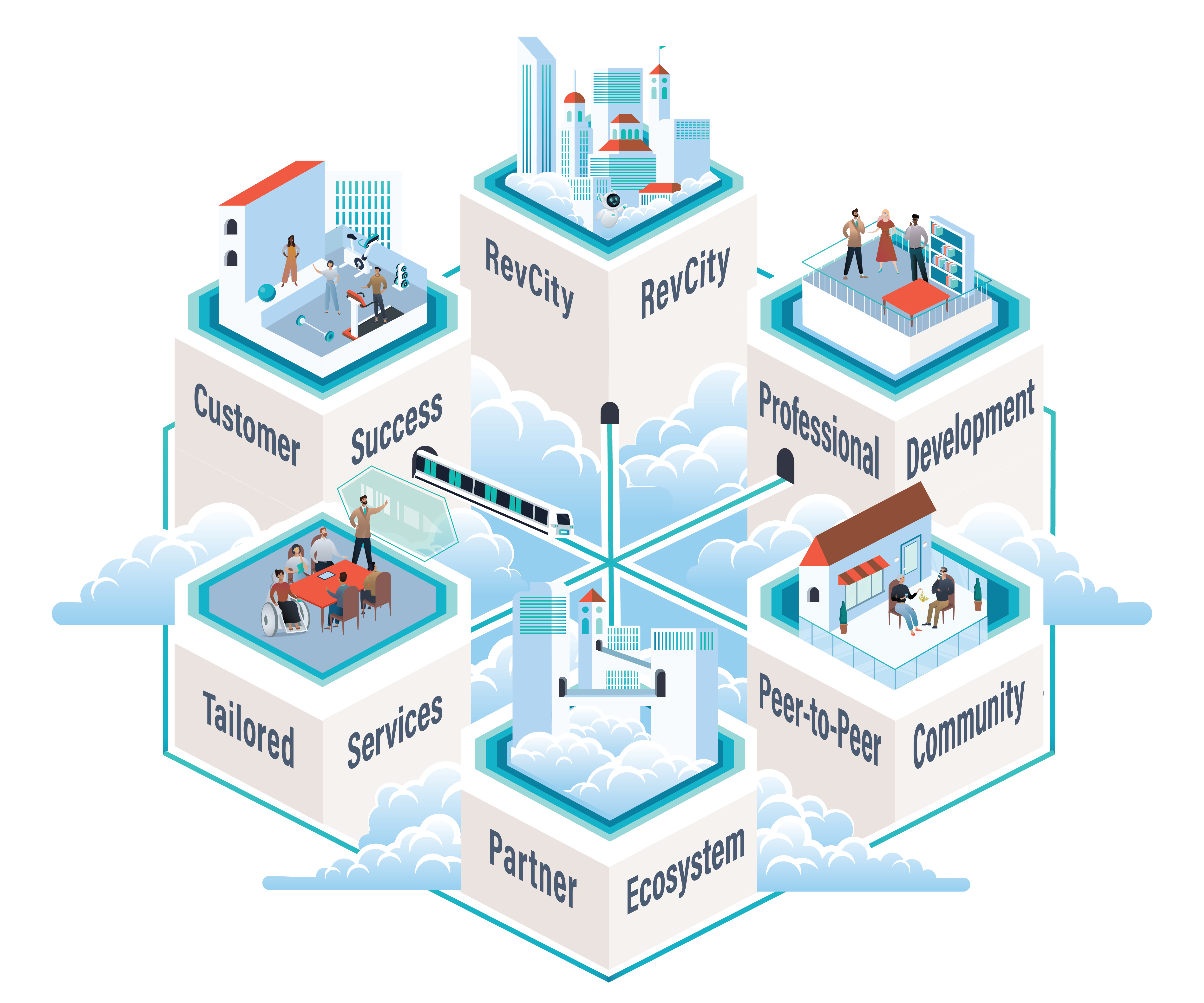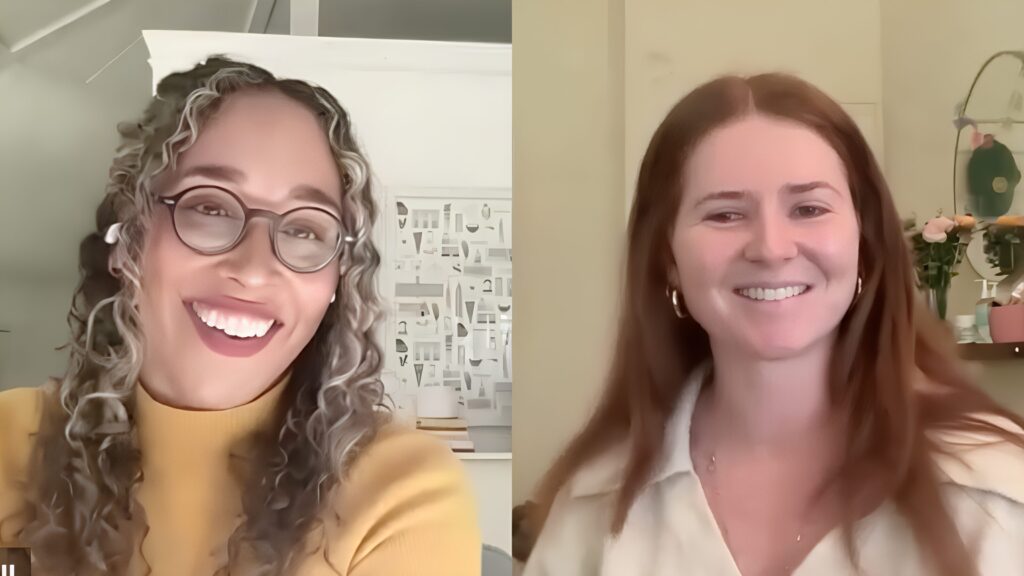For salespeople, especially in the B2B world, LinkedIn has come to be a hunting ground for potential customers. But unlike usual hunting grounds, the roles are almost reversed on LinkedIn.
Point the gun at your target and you’ll end up regretting it. Find a willing target, ask nicely, impress and show them value, and you’ve bagged yourself a sweet one!
In the aggrandized hunting ground that LinkedIn is, there exists common etiquette that salespeople can follow to improve their productivity. This guide will help you clean up your act and target the right prospects using the right approach to LinkedIn prospecting.
To get an understanding of how the best do it, we spoke to Slintel’s first-ever SDR and star performer, Rishav Ram. In the process, we found out how he consistently manages to successfully pull the strings on LinkedIn, month in, month out, helping turn prospects into clients.
Here’s one of the many instances highlighting just how good he is at what he does:

But going back to the post, the goal here is to use LinkedIn as a launchpad that will help turn future nos into yeses. But how does one go about doing that?
LinkedIn Prospecting Simplified
The stepping stone to turning a no into a yes on LinkedIn is getting into that perfect middle ground — a maybe. If you can get a direct yes, there’s nothing like it, but aim for anything less than a maybe or two and you’ve most likely wasted your time. But to get that maybe, your work has to begin even before you send out that first message to a prospect.
Any successful LinkedIn outreach process that can be scaled has two things in common — a proper amount of research and to-the-point nurturing of your prospect. But if the prospect isn’t interested in your product in the first place it would make no sense to reach out to them or waste your time with research. This brings us to our first step:
1. Picking your prospects wisely
Time is money they say, so why waste it on prospects that have no interest in your product? To be more productive with your LinkedIn outreach would involve finding prospects that have a need for your product. But how do you go about finding such prospects?
Buying intent is the most accurate indicator you can use to gauge whether a prospect is worth approaching on LinkedIn or not. But to understand buying intent is a whole different topic. Before you trudge on, we strongly suggest that you check out our guide to Intent-based B2B market segmentation. It will show you how you can easily make use of readily available, free-to-use information and resources to gauge whether a prospect on LinkedIn or anywhere else is worth your while.
Also, you can download this Chrome Extension that helps you find the buyer intent score and contact data from any prospect’s website. It doesn’t stop here, you also get data aroubd keyword intent, key news, technographics of a prospect’s company, and contact data from LinkedIn profiles.
The following are some intent-based resources and hacks that have worked wonders for Rishav:
LinkedIn’s Search Bar
The first is using LinkedIn’s search bar to find prospects posting about their difficulties or challenges. This can be a great way to find active buyers for your product. For example, if you’re a data platform, you can use the search bar to find keywords relevant to your product within posts. You can look for LinkedIn posts from decision makers who are unhappy with or looking to move away from your competitors products by searching for posts that contain your competitors’ names.
Make sure to use the appropriate filters to find the right post.
Relevant Groups and Channels
Another great way to find active buyers is by joining relevant groups/channels where decision-makers are trying to solve their problems. Being a part of relevant Slack channels and LinkedIn groups can always come in handy.
Slintel
With Slintel being an intent-powered data platform it may come as no surprise that we use our own tool to accurately pinpoint our next customer on LinkedIn. This also helps us drastically reduce our time spent researching and finding good-fit prospects as we get almost all the data we need from the convenience of our platform.
Whether you go about it manually or you use an intent provider like Slintel, this first step is key to making the rest of your work a whole lot easier. Also, the data you use to cherry-pick your prospects will come in handy for the following steps. So be assured that it is well worth the effort.
2. Your opening LinkedIn message and the perfect build-up to it
Your opening LinkedIn messages are like the key that unlocks the door to your next sales opportunity. So being precise, genuine, and providing value is of utmost importance here.
Your prospect’s LinkedIn feed and company page can serve as great resources to gather relevant information that can help you further personalize and improve your interactions with them. For example, bringing up a recent achievement or milestone can add a lot of depth to your conversations with prospects. Remember, you’re at the least looking for a maybe and want to avoid a no at all costs.
You can check out the best LinkedIn outreach openers that landed in Deepak Anchala’s (Founder & CEO, Slintel) inbox for some great ideas.
And if you need more inspiration, you can check out Better Outreach, which has over 80 cold messaging templates (free).
Rishav says that once he connects with a prospect he immediately goes over to their LinkedIn profile to check out their recent activity. If there’s a noteworthy post, the first thing to do is to like and comment on it so you can create some initial engagement with that prospect. Doing this means they’ll have something to remember you by.
If he recently achieved something then congratulating them in the comments will go a long way. Following this initial engagement, Rishav says it’s a good idea to give it some time (a day to a few days) before you send him the first message. This is a great way to avoid being salesy because it’s too early for a pitch considering you’ve just connected with the person.
The three-step follow up method for effective LinkedIn prospecting
The rule of thumb is to stick to three follow up messages in the order starting with an engagement hook, a follow up message and finally value addition.
Step 1:
Rishav adds that even your first engagement message shouldn’t really focus on pushing your product on them. “When I connect with prospects I start off by thanking them for connecting with me and then proceeding to ask a question about them. Something on the lines of how their quarter is going or something regarding their role in the organization can work wonders and give you additional insights for your follow up”.
Here’s another great example from our best LinkedIn outreach openers post
Step 2:
For the follow-up, look for ways in which you can position your product in a manner in which it can add value while creating a sense of relatability and intrigue. The information obtained in the first steps and all your research will determine how far you go here.
Here’s a great example:
Step 3:
For the third and final follow-up, depending on your interaction with the prospect, it would be great if you can send over a relevant resource. For example, if a prospect says that they use your competitor’s product, you can send them a comparison sheet between the two products that adds value to the conversation and leaves them with something to further evaluate.
3. The connecting call
The bridge between LinkedIn prospecting and finally closing a customer is the connecting call. Rishav says that once he’s connected with a prospect, he also moves on to calling them. At Slintel we use our very own Free LinkedIn Prospector Tool to instantly get direct dial numbers and emails from prospects’ LinkedIn profiles and websites.
Bringing up the fact that you connected with the prospect on LinkedIn earlier will work in your favor. Rishav adds “Even though this may seem like a cold call, the prospect has already seen my request and accepted it. They’ll either let me make my pitch or ask me to call back after a while if they’re busy.”
If you follow these steps while ensuring that your objectives are to at least get a maybe from your prospects, then you should be able to fine-tune and build a productive LinkedIn outreach process out of this.
Improve Your LinkedIn Prospecting Game (FREE Resources)
While there are always new and innovative ways in which you can continually improve on your LinkedIn prospecting game, we’ve put together some great resources that can help you out. Our first two editions of From the Horse’s Mouth will show you how CEOs and VPs of Sales want to be sold to. Meanwhile, our weekly alerts newsletter will help you keep up with the world of SaaS and give you a ton of free intent insights.






